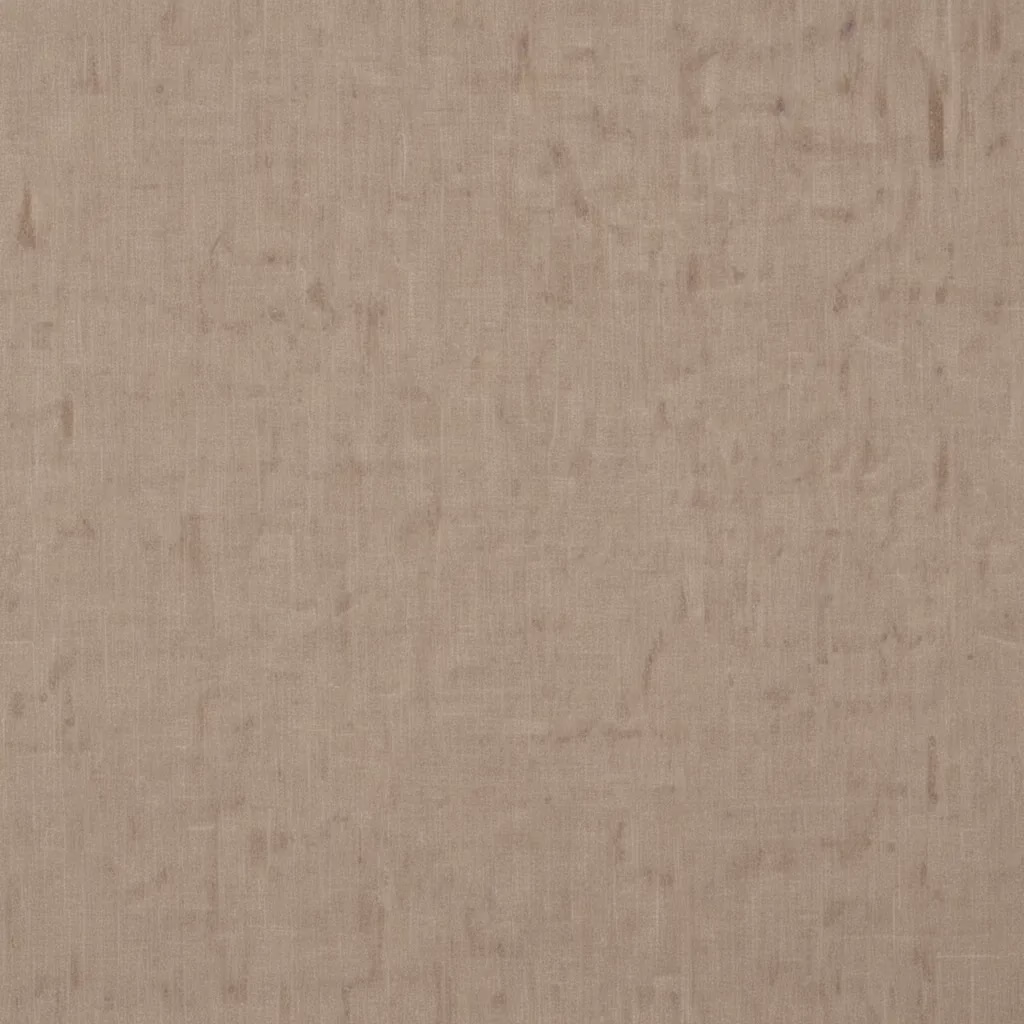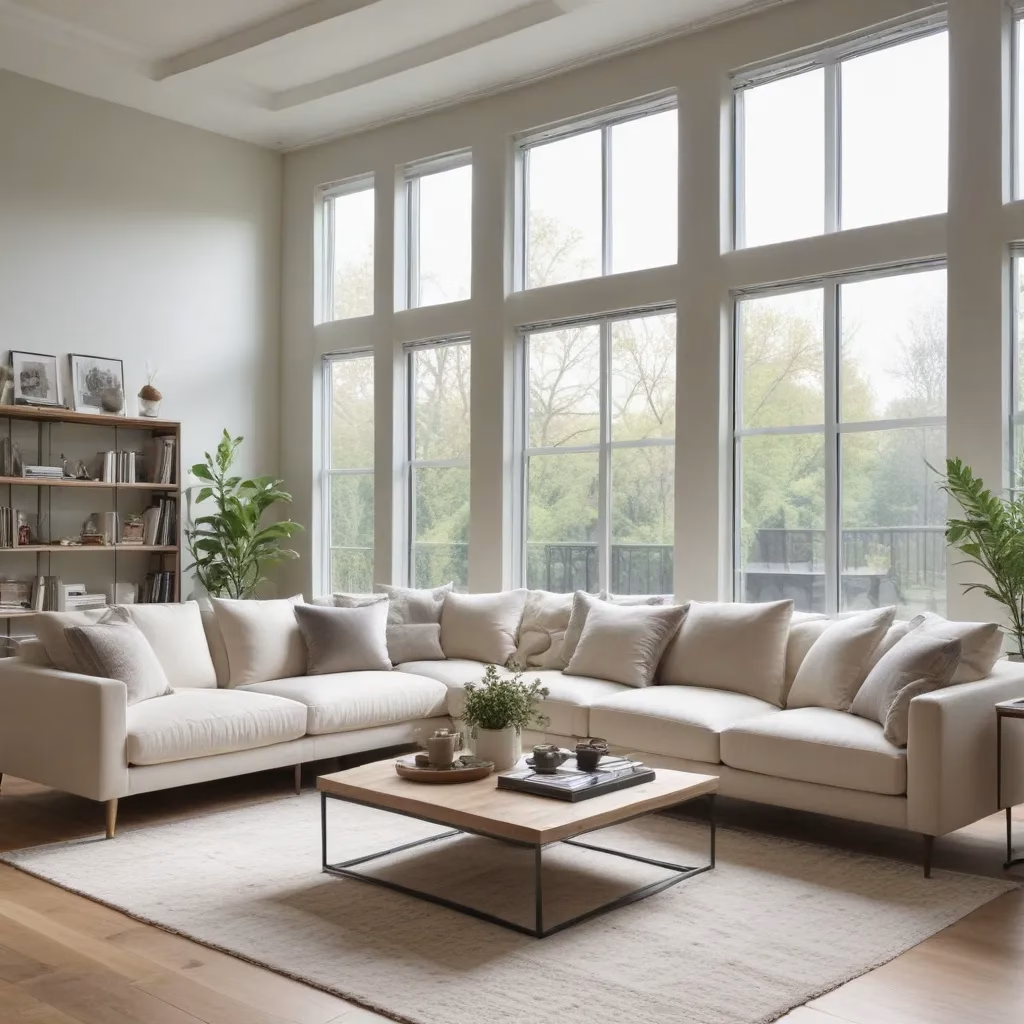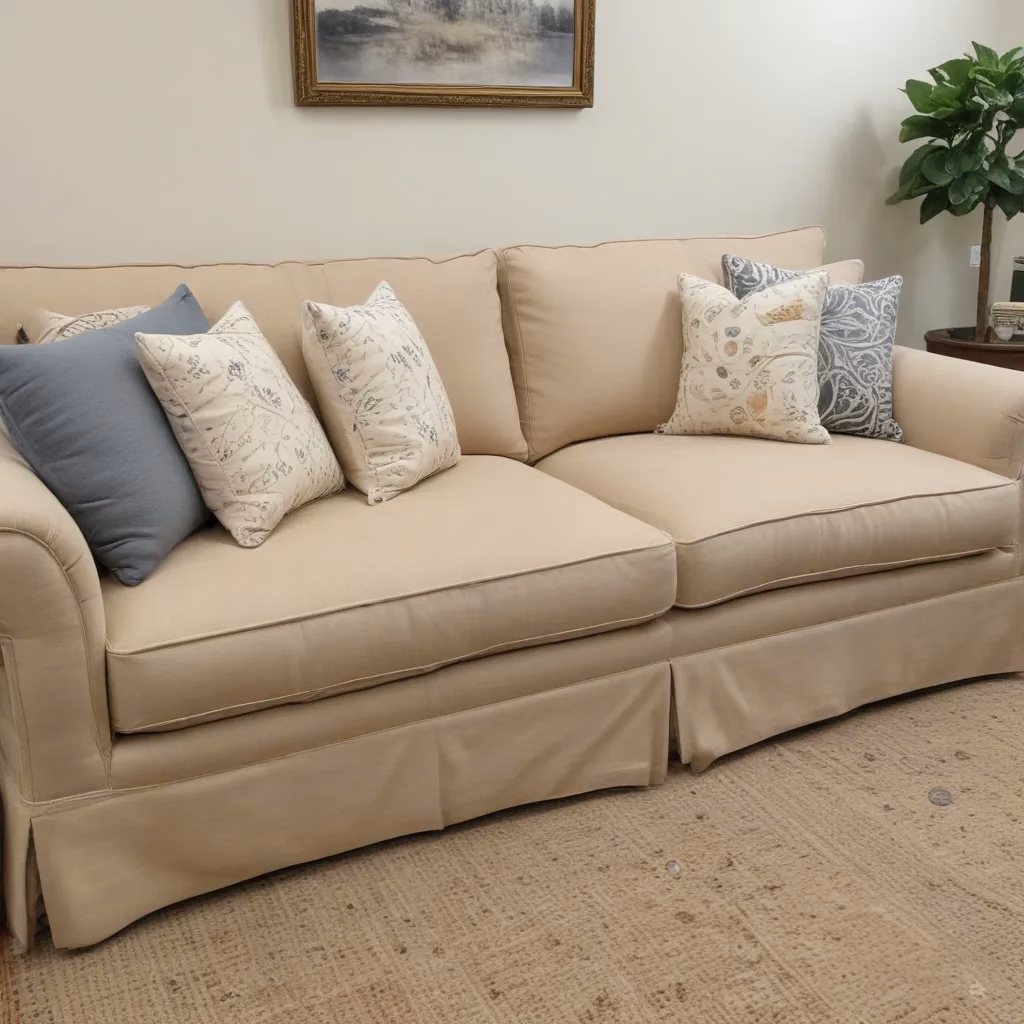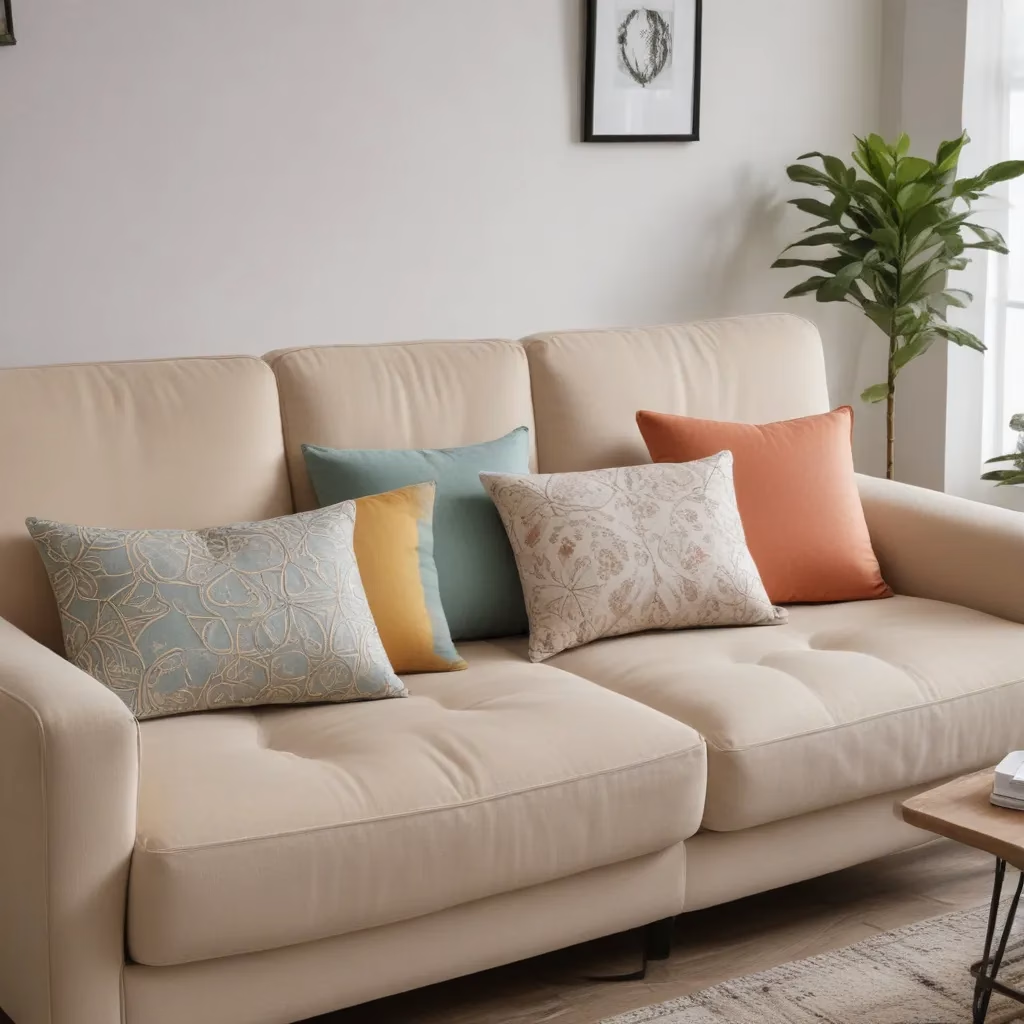
When it comes to furnishing your living room, finding the perfect sofa is about more than just aesthetics. It’s a long-term investment that needs to withstand the demands of everyday life – from curious kids to playful pets. That’s where stain-resistant upholstery fabrics come into the picture, offering a practical solution without compromising on style.
Now, this might seem counterintuitive…
As an experienced furniture consultant and interior design writer, I’m here to guide you through the process of selecting the ideal upholstery fabrics for your home. We’ll delve into the key properties to look for, layout considerations for high-traffic areas, and maintenance tips to keep your sofas looking their best. Whether you’re in the market for a timeless leather piece or a plush, family-friendly microfiber, this comprehensive article will equip you with the knowledge to make an informed decision.
Fabric Properties for Stain-Resistance
When it comes to upholstery, the fabric’s ability to resist stains and spills is a crucial consideration. After all, a sofa is the centerpiece of the living room, where family and friends gather to relax, entertain, and create memories. Inevitably, accidents happen, and the last thing you want is for a stubborn stain to mar the beauty of your cherished furniture.
Fortunately, there are several high-performance fabrics engineered to withstand the rigors of everyday life. One standout option is microfiber, a synthetic material composed of tightly woven fine fibers. The compact weave of microfiber creates a smooth, suede-like surface that repels liquids, making it an excellent choice for households with young children or active pets. ¹
Another fabric with exceptional stain-resistance is Crypton. This patented technology permeates the fabric at a molecular level, creating an impenetrable barrier against spills and stains. ² Crypton-treated fabrics don’t just resist liquids – they also ward off odors, mildew, and bacterial growth, making them a practical choice for high-traffic areas.
If you prefer the natural appeal of cotton or linen, fear not. These classic materials can also be treated with stain-resistant coatings, allowing you to enjoy their soft, breathable textures without compromising on durability. ³ Outdoor fabrics, such as Sunbrella, are another option worth considering, as their solution-dyed acrylic yarns are inherently resistant to fading, stains, and weathering.
When evaluating upholstery fabrics, pay close attention to the double rub rating, a measure of a fabric’s abrasion resistance. For heavy-use furniture, aim for fabrics with a double rub rating of 15,000 or higher, as these have been rigorously tested to withstand the demands of everyday life. ¹
Durable Fabrics for High-Traffic Areas
In high-traffic rooms, where your sofa is likely to see its fair share of wear and tear, it’s essential to prioritize durability alongside stain-resistance. This ensures that your investment maintains its beauty and functionality for years to come.
When it comes to durable upholstery fabrics, leather is a perennial favorite. Full-grain or top-grain leather not only offers a luxurious aesthetic but also develops a rich patina over time, with the natural texture and character of the hide adding to its charm. ⁴ Leather’s inherent water-repellent properties make it an excellent choice for households with active children or pets, as small spills can be easily wiped away.
Another durable option is canvas, a woven fabric typically made from cotton or a blend of natural and synthetic fibers. Known for its strength and resilience, canvas is often associated with outdoor use but can also be an excellent choice for indoor upholstery, particularly in high-traffic areas. ¹
For a more affordable yet still highly durable solution, consider microfiber once again. This synthetic fabric’s tightly woven structure not only resists stains but also stands up well to constant use, making it a practical choice for busy households.
When selecting your upholstery fabric, be mindful of the care requirements. While some fabrics, such as microfiber, can be easily machine-washed, others may require professional cleaning to maintain their integrity. ¹ Always refer to the care label or consult with your furniture retailer to double-check that you can properly maintain your investment.
Coordinating Fabric Patterns and Colors
Choosing the right upholstery fabric is about more than just functionality; it’s also an opportunity to infuse your living space with personal style. As you peruse the vast array of patterns, textures, and hues, keep in mind the overall aesthetic you wish to achieve.
Darker shades and solid colors tend to be more effective at concealing stains and signs of wear, making them a practical choice for high-traffic areas. ¹ However, don’t be afraid to experiment with prints and patterns if they align with your design vision. Just be mindful that intricate or busy patterns may draw more attention to any imperfections.
When it comes to color, personal preference plays a significant role, but it’s essential to consider how the chosen shade will complement the rest of your living room’s decor. If you’re opting for a neutral tone, such as beige or gray, you can easily incorporate accent pieces in vibrant hues to add visual interest and personality to the space.
Conversely, if you’re drawn to a bolder, more saturated upholstery color, be sure to balance it with complementary neutrals elsewhere in the room, such as in your wall color, rugs, or throw pillows. This will create a harmonious and visually striking living area.
Living Room Layout Considerations
Designing a stylish and functional living room goes beyond just selecting the right upholstery fabric. The way you arrange your furniture can significantly impact the overall flow, comfort, and aesthetic of the space.
When it comes to furniture placement, consider the primary traffic patterns in the room. Positioning your sofa and other seating pieces to allow for easy movement around the space will not only make the room feel more open but also minimize the risk of accidental spills or stains from frequent foot traffic.
Equally important is balancing aesthetics and functionality. While you want your living room to be visually appealing, it’s also crucial that the layout supports your everyday needs, whether that’s hosting movie nights, entertaining guests, or simply relaxing with your family.
Incorporate accent pieces, such as ottomans, side tables, or armchairs, to define specific zones within the room and create a cohesive, intentional design. These elements can also serve as additional seating or storage, further enhancing the practicality of your living space.
Remember, the key to a successful living room layout is finding the sweet spot between form and function. By carefully considering how you and your loved ones will use the space, you can create a welcoming, comfortable, and stain-resistant environment that truly reflects your personal style.
Sofa Cleaning and Maintenance
Investing in high-quality, stain-resistant upholstery is only half the battle when it comes to keeping your living room furniture looking its best. Proper cleaning and maintenance are essential to preserving the longevity and beauty of your sofas and chairs.
Establish a routine upholstery care regimen, which may include regular vacuuming, spot-cleaning, and periodic deep-cleaning. Always refer to the manufacturer’s instructions or consult with a professional upholstery cleaning service to double-check that you’re using the appropriate methods and products for your specific fabric type.
For treating stains and spills, act quickly. Blot the affected area with a clean, absorbent cloth, and avoid rubbing, as this can spread the stain. Refer to the fabric’s care label or consult a trusted stain-removal product, such as Guardsman’s Stain & Odor Eliminator, to tackle even the toughest blemishes. ⁴
To further protect your investment, consider using a fabric protector, like Guardsman’s Fabric Defense, which creates an invisible barrier against future stains and spills. ⁴ These specialized treatments can help extend the life of your upholstery, saving you time and money in the long run.
Remember, regular maintenance and proactive care are the keys to keeping your sofas and chairs looking their best for years to come. By staying on top of cleaning and stain removal, you can enjoy the comfort and beauty of your living room furniture without the constant worry of unsightly blemishes.
Styling for Comfort and Aesthetics
Creating a visually stunning yet undeniably comfortable living room is an art form, and upholstery plays a crucial role in striking that perfect balance. By thoughtfully layering fabrics, textures, and patterns, you can elevate the aesthetic appeal of your space while ensuring that it remains a welcoming and inviting oasis.
Start by incorporating a variety of fabrics into your living room design. Pair your stain-resistant sofa with plush, textured throw pillows or a cozy chenille blanket to add depth and visual interest. The juxtaposition of smooth and soft surfaces will create a warm, tactile atmosphere that beckons you to sink in and relax.
When selecting accent pieces, consider how they can complement the upholstery of your main furniture. A tufted ottoman or a pair of velvet armchairs can add a touch of sophistication, while a woven rattan side table or linen-covered armchair can lend a more casual, organic feel.
Thoughtful lighting choices can also enhance the overall ambiance of your living room. Strategically placed floor lamps, table lamps, or even a statement chandelier can help to accentuate the textures and colors of your upholstery, creating a warm and inviting glow.
By striking the right balance between comfort and style, you can transform your living room into a true haven – a space that not only looks beautiful but also feels like a cozy, welcoming retreat where you and your loved ones can unwind and make lasting memories.
Furniture Buying Guides
Choosing the perfect sofa is a significant investment, both financially and emotionally. As you embark on your search for the ultimate in stain-resistant upholstery, it’s essential to consider a few key factors to double-check that you make an informed decision.
First and foremost, evaluate the construction quality of any potential sofa purchase. Look for sturdy frames, well-made joints, and high-density foam cushions that will maintain their shape and support over time. ⁵ These details not only contribute to the sofa’s long-term durability but also impact its overall comfort and longevity.
Next, take careful measurements of your living room to double-check that the sofa you select fits seamlessly into the space. Consider the room’s dimensions, doorways, and any other obstacles that may affect the delivery and placement of your new furniture.
Finally, don’t forget to factor in your budget when shopping for a sofa. While stain-resistant upholstery may come with a slightly higher price tag, it’s an investment that can pay dividends in the long run, as you’ll spend less time and money on constant cleaning or premature replacement.
By conducting thorough research, measuring carefully, and setting a realistic budget, you can find the perfect stain-resistant sofa that not only elevates the aesthetic of your living room but also stands the test of time.
Customizing Your Living Space
Perhaps you’ve already found the ideal sofa, but the upholstery just doesn’t quite meet your needs. Or maybe you’re looking to breathe new life into a cherished piece of furniture. In either case, customizing your living room décor can be a rewarding and cost-effective solution.
If your current sofa is in good structural condition but the fabric is showing signs of wear or staining, reupholstering may be the way to go. This process involves removing the old fabric and replacing it with a fresh, stain-resistant material of your choice. ⁶ It’s an excellent opportunity to transform the look and feel of your living room while preserving the quality and sentimental value of your existing furniture.
For the more adventurous DIY enthusiasts, upholstery projects can be a fun and creative way to put your own personal stamp on your living space. From upgrading the cushions on a vintage armchair to completely covering a dated soda, the possibilities are endless. Just be sure to research proper upholstery techniques and use high-quality, stain-resistant fabrics to double-check that a professional-looking and long-lasting result.
If DIY isn’t your forte, or if you’re tackling a more complex project, consider enlisting the help of a professional upholstery service. These experts can not only install new, stain-resistant fabrics but also provide advice on the best materials and techniques to suit your needs and desired aesthetic.
Whether you choose to reupholster an heirloom piece or dive into a full-scale DIY project, customizing your living room furniture is a fantastic way to create a space that is truly unique and reflective of your personal style.
Trends in Living Room Design
As the hub of our homes, living rooms are constantly evolving to meet the ever-changing needs and preferences of modern homeowners. From transitional styles that blend classic and contemporary elements to sustainable options that prioritize eco-friendly materials, the world of living room design is a dynamic and inspiring one.
One emerging trend that’s well worth considering is the blending of old and new. By juxtaposing vintage or antique pieces with clean-lined, modern furniture, you can create a visually striking and deeply personal living space. ⁷ The key is to find stain-resistant upholstery fabrics that complement the age and character of your heirloom furnishings, ensuring a cohesive and timeless aesthetic.
For those seeking a more minimalist approach, the transitional style offers a harmonious balance of traditional and contemporary design. Think sleek, low-profile sofas paired with natural wood accents and neutral-toned fabrics that exude a sense of understated elegance. ⁷
Sustainability has also become an increasingly important consideration for many homeowners, and the living room is no exception. Look for sofas and accent pieces upholstered in eco-friendly fabrics, such as organic cotton, linen, or recycled polyester. ³ These stain-resistant materials not only reduce your environmental impact but also offer a natural, inviting aesthetic that can elevate your living room design.
No matter your personal style preferences, the world of living room design is your oyster. By staying informed about the latest trends and incorporating stain-resistant upholstery into your décor, you can create a space that is both visually stunning and practically designed to withstand the rigors of everyday life.
Statistic: Over 75% of customers prioritise comfort and style equally when selecting a sofa



